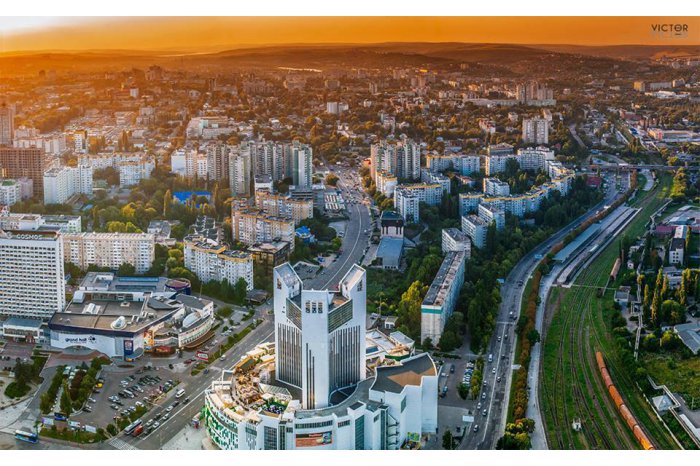No changes in radioactive background recorded in Moldova
15:19 | 10.08.2022 Category: Social
Chisinau, August 10 /MOLDPRES/- Environment Agency announced today that it monitors the evolution of environmental radioactivity and mentions that at present, no changes in the radioactive background are registered. The clarifications were made in the context of the tense situation at the nuclear power plant in Zaporozhye, Ukraine.
For today, the recorded values of the equivalent of the ambient dose of gamma radiation on the territory of the Republic of Moldova at the stations with manual monitoring (Soroca, Făleşti, Corneşti, Bravicea, Bălţata, Leova, Comrat) are: the minimum is 0.10 μSv/h - at the Bălțata station, the maximum is 0.17 μSv/h - at the Comrat station.
The warning limit for the territory of the Republic of Moldova is 0.25 microSievert/h.
And the National Agency for Public Health specified that for the moment there are no risks for the population regarding possible exposure to ionizing radiation, and the prophylactic administration of stable iodine preparations (potassium iodides) is inappropriate, because there is no reasonable basis. Also, the International Atomic Energy Agency has not issued any warning for countries neighboring Ukraine.
In this context, ANSP warns that in the event of a nuclear accident with a risk of contamination, the stable iodine preparation will be administered at the decision of the Commission for Exceptional Situations of the Republic of Moldova, which will be brought to the attention of the population by activating the centralized civil protection notification system with concrete indications through national radio and television channels.
The ANSP specialists have also developed an instruction regarding the administration of potassium iodide preparations. In the event of an accident with the disposal of radioactive substances and/or nuclear materials in space, the contaminated radioactive cloud can reach the territory of the country for several hours.
According to the ANSP, in the event of a nuclear accident, the stable iodine preparation will be administered as a priority to people who cannot be sheltered or evacuated for various reasons, such as their involvement in the accident response measures (members of the intervention teams), the need to spend other major emergency work outdoors, insufficient time to take shelter.
Sheltering (rooms, cellars, basements) or evacuation of the population in the immediate vicinity of the nuclear accident, before the start of radioactive iodine emissions, is one of the most selective and effective protection measures in the event of a nuclear emergency, as it protects the entire organism from exposure to all radionuclides in the radioactive cloud.
Photo: spottedbylocals.com

